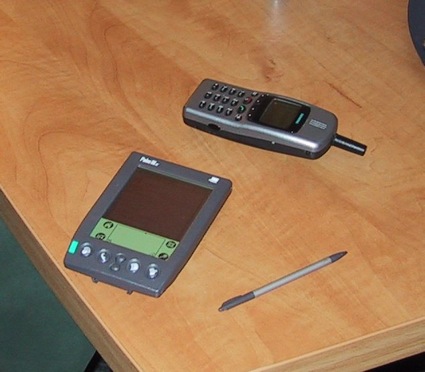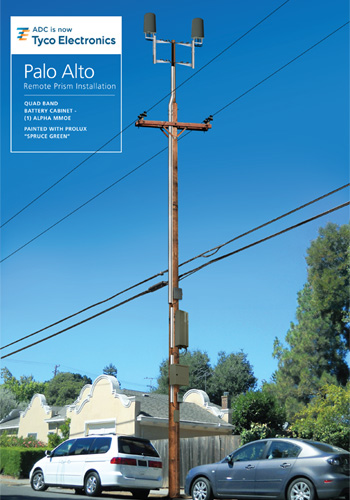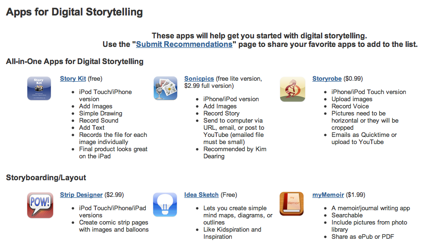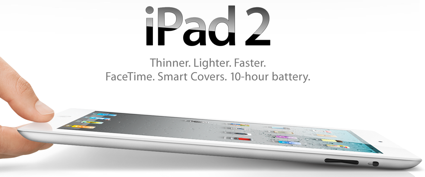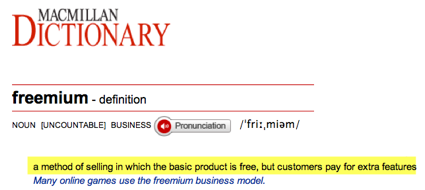The Xoom Gets Flash. But Don’t Get Too Excited:
Great line from Harry McCracken (yes, that's his real name).
the First Law of Mobile Flash–the version you want is always not quite here yet
I had a spirited discussion with some colleagues Friday regarding Apple's stance on Adobe Flash on iOS devices (iPhones, iPads, iPod touches). The general consensus seems to be that technically it can be done, but that Apple is banning Flash so that users will have to pay for apps from their app store - simply said, greed!
I debunked those arguments on a number of fronts - or at least I tried to.
#1 - The iPhone has existed since June of 2007. Show me the mobile devices that run Flash well and do not kill battery life. They don't exist! Four years later and Flash on mobile devices is still buggy and kills battery life. Adobe's best strategy to force Apple to change their stance on Flash was to get Flash working well on every competitors mobile device, thereby proving Apple wrong! Had that happened, Apple would no longer be able to make the technical and performance case against Flash.
#2 - When I noted that I keep Flash disabled on my MacBook Air, because it kills battery life. A colleague - with a MacBook Pro - opined that he never had a problem, but then admitted that he always kept his laptop plugged it.
#3 - I asked what applications/sites were missing on iOS due to the lack of Flash. Someone mentioned the web-based version of AIM (AOL Instant Messenger). A quick search found about a half dozen iPhone and iPad apps that support AIM. Anyway, who still uses AIM? All joking aside, I'm sure there are plenty of sites with Flash that can't be viewed on an iPad or iPhone, but I rarely encounter a site mobile Safari can't render.
Among McCracken's observations:
A few notes:
- I watched Best of Show on Amazon Video on Demand in hopes of performing an informal battery test. It drained the battery from 44% full to 15% full in one hour and 20 minutes. But during that time, the audio got out of sync, and then the picture froze–and I couldn’t get Flash to work properly again without rebooting the Xoom. At that point, I gave up with the battery test.
- Some other standard-definition video I tried, such as that at Bloggingheads.tv, worked reasonably well.
- I watched Glee in HD, again on Amazon, and it would play smoothly in full-screen mode for a few seconds, then sputter, then play smoothly, then sputter…
- I tried Bejeweled on Facebook; it was playable, but the animation was herky-jerky.
- Hulu, as I expected, blocks Flash Player on the Xoom.
- Google’s Picnik photo editor sort of works–I could load photos and apply effects. But the sliders that are everywhere in the interface don’t function properly; I don’t think they really understand touch input.
All in all, it seems to be a version of Flash that works some of the time but not always, and not always well. That’s not, um, ideal.

